Discover the ecology, beauty and importance of the Fever Tree (Vachellia xanthophloea). Learn where to find them near Marloth Park and how they support wildlife, soils and riverine ecosystems.
The European Bee-eater – A Jewel Over the Bushveld
Discover the vibrant European Bee-eater in Kruger National Park. Learn about its migration, hunting behavior, and where to spot it during your stay at Needles Lodge in Marloth Park.
There’s a moment on safari when the hush of the bush is replaced by something bright—a flash of turquoise, a note of birdsong, and time itself seems to shimmer. That moment belongs to the European Bee-eater.
With its fiery cap, emerald wings, and golden throat, it’s not just another bird—it’s a living gemstone in flight, a visitor from far-off lands, and one of the most dazzling sights you can experience on a Kruger safari. And here at Needles Lodge, nestled in the wild heart of Marloth Park, our guests often glimpse them from the deck—sometimes mid-sip of their morning coffee.
A Migrant with a Painter’s Palette
The European Bee-eater (Merops apiaster) is a traveller of note. Born in southern Europe and parts of Asia, these bold birds migrate south in late winter and early spring, gracing the skies over Kruger National Park from October through April. They come not just to escape the cold—but to thrive in the abundance of the Lowveld.
And some of them, it seems, are starting to make southern Africa a permanent home. Whether you catch a glimpse of a single bird perched in a fever tree, or a swirling flock dancing across the open sky, their presence always feels like a gift from another world.
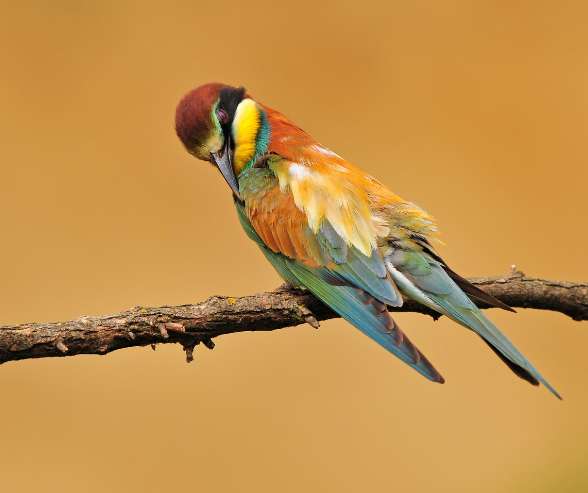
Why They’re a Highlight on Any Safari
Migratory spectacle: These birds journey thousands of kilometres to get here—and they arrive in style.
Aerial acrobatics: Their swooping, diving flight is a ballet of precision and grace.
Daily sightings from the lodge: Marloth Park’s broad skies and quiet spaces make for excellent viewing—especially around Needles Lodge, where birdlife flourishes.
If you're combining birding with a traditional safari, this colourful little visitor is your perfect bridge between the trees and the treetops.
Masters of the Sky—The Hunt for Bees
Don’t let their beauty fool you. Bee-eaters are precision hunters.
From a shaded perch, they launch into the air with speed and elegance, catching bees, wasps, and flying ants mid-flight. Before eating, they remove stingers with a quick flick and bash—always closing their eyes just in time.
Their name may suggest a diet of bees alone, but they’re not fussy: beetles, butterflies, and dragonflies also feature on the menu. And in Kruger’s abundant summers, there’s always something buzzing.
A Social Affair—Colonies, Calls, and Chatter
European Bee-eaters are communal by nature. In sandy banks, they dig nest tunnels and raise young in large colonies. By dusk, their calls blend into a gentle chorus—somewhere between a whistle and a trill.
They preen together, hunt in flocks, and often share food. Watching them is like watching a well-rehearsed troupe—each bird playing its part in the rhythm of the colony.
And as the sun dips over the bushveld, you’ll often hear them before you see them—small notes weaving through the warm air like threads of silk.
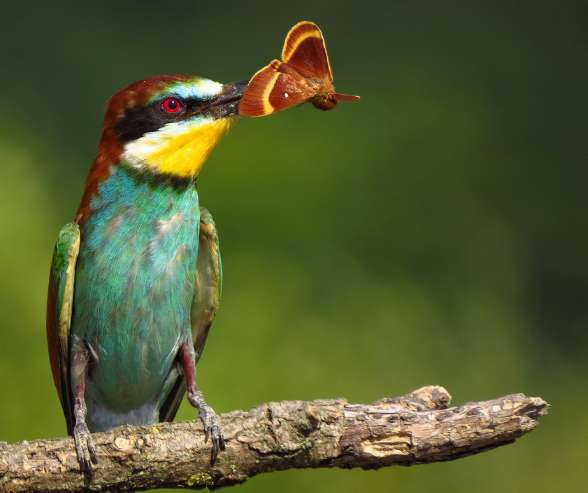
Where and When to Spot Them Around Needles Lodge
For birders and casual guests alike, the European Bee-eater is a favourite. Here’s when and where to look:
Best time: October to April—during the warm, insect-rich months
Best places: Open woodland edges, near termite mounds, and overhead during morning and evening light
Top tip: Enjoy a relaxed mid-morning from the lodge deck with binoculars—you may just catch a flock gliding overhead
Bonus: On game drives in Kruger, your guide may stop for bee-eaters perched in thorn trees—watch for the flash of turquoise
For more birding tips, check out our post: Birding in Kruger – The Best Birding Drives and Experiences
Not Just Another Pretty Face
Beyond their beauty, these birds serve a purpose. Their sharp eyes and constant movement help regulate insect populations. And their presence is often an indicator of healthy ecosystems—rich in biodiversity and natural balance.
It’s one of the reasons birdlife is so celebrated in Kruger. Every species adds a note to the song of the bush—and the European Bee-eater sings in colour.
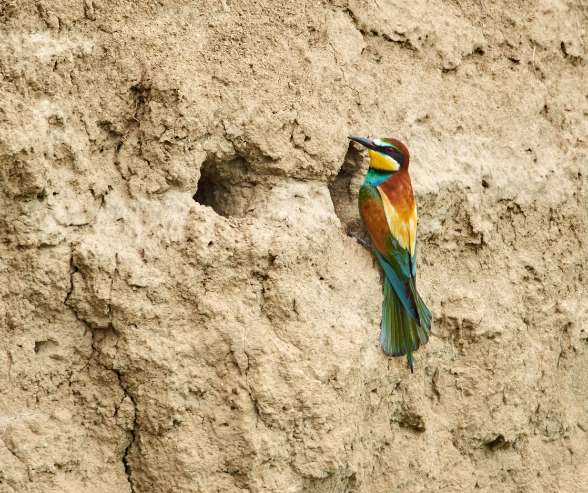
Make It Part of Your Safari Story
At Needles Lodge, birdwatching is more than an activity—it’s part of the rhythm of daily life. Whether you’re an avid birder with a checklist in hand or simply curious about what’s flitting past your window, we’ve created the kind of space where wildlife comes to you.
And if you’d like to make the most of your time, don’t miss our helpful guide: The Ideal 8-Day Safari Itinerary from Needles Lodge
Pair it with a few family-friendly activities from Wild Wonder-Filled – The Top 10 Family-Friendly Activities and you’ve got a safari for every age—and every interest.
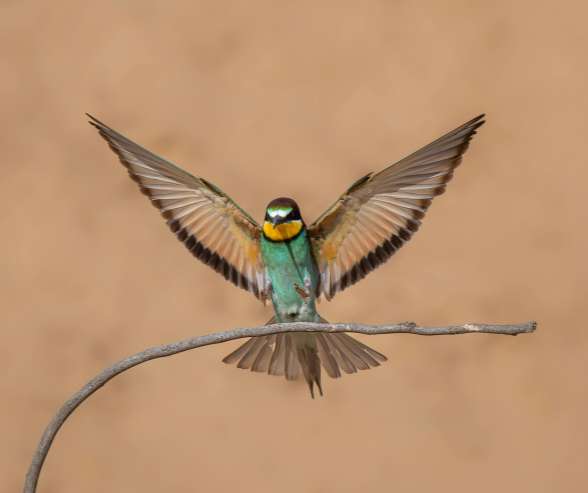
Final Thought – A Feathered Link Between Continents
The European Bee-eater is a reminder that the bush is part of something larger. That the skies above Kruger are shared with Spain, Turkey, and Kazakhstan. That beauty, when paired with purpose, can cross continents and still find a place to rest.
So next time you're gazing at the horison from Marloth Park—or bouncing through Kruger on a sunrise drive—watch the sky. You might just see a streak of turquoise shimmer past, and for a moment, the world will feel delightfully small.
Further Reading
Discover Kruger National Park's best birding drives and species, from Pel's Fishing Owl to bee-eaters. Enjoy birdwatching at Needles Lodge, your tranquil safari base.
The African Pygmy Kingfisher, found near Needles Lodge, is a vibrant bird with electric blue, orange, and purple feathers. Despite its vivid colors, it blends into dense foliage. A skilled hunter, it catches insects with precision. Males perform aerial dances during breeding season. Adaptable and solitary, it nests in riverbanks or termite mounds. Though not endangered, habitat loss is a concern. Spotting this bird at Needles Lodge is a special highlight.
LITTLE TERRIER OF THE BIRD WORLD – THE FORK-TAILED DRONGO! Drogo’s are very terrier-like when it comes to their complete lack of fear and their relentless mobbing of birds of prey that venture too close.


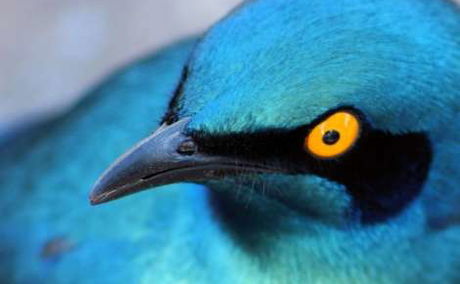
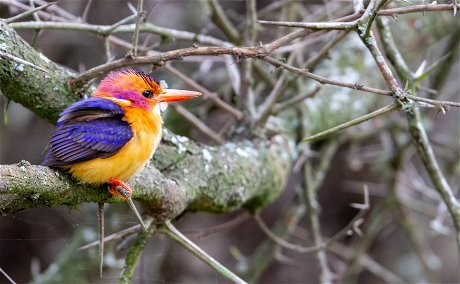
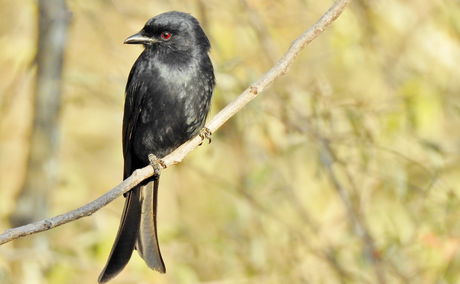
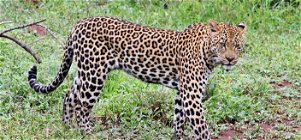
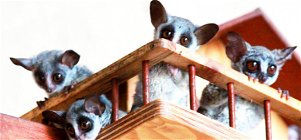
Share This Post